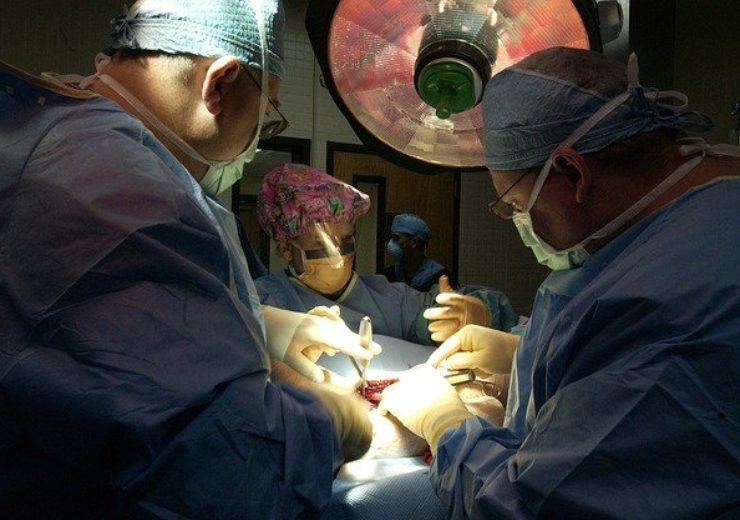New advancement provides data to help surgeons determine optimal joint tension and implant sizing in reverse shoulder procedures

Exactech uses Equinoxe with VERASENSE sensor technology for shoulder surgeries. (Credit: 272447 from Pixabay.)
Exactech, a developer and producer of innovative implants, instrumentation and computer-assisted technologies for joint replacement surgery, announced today the first reverse total shoulder arthroplasty (rTSA) cases using Equinoxe® with VERASENSE®, a wireless humeral sensor manufactured by OrthoSensor Inc. The data it provides enables surgeons to make more-informed decisions on joint tension and implant sizing in real time, with the goal of improving joint performance, shoulder kinetics and patient satisfaction.
VERASENSE is the first and only technology that can intra-operatively measure joint tension in the shoulder and is used for various rTSA implant size configurations. Based on clinical history of use in the knee, it utilizes proprietary sensor technologies to transmit data wirelessly to an intra-operative monitor.
Orthopaedic surgeons Allan Wang, MD, and Sven Goebel, MD, of Perth, Australia, performed the two surgeries. “We found that using the sensors improved assessment of joint pressure during surgery,” Dr. Wang said. “Objective and real-time feedback of joint compression loads throughout range of motion can assist the surgeon in choosing the correct implant offset and soft tissue tension.”
“We believe that use of the sensor may lead to improved clinical outcomes and patient satisfaction,” added Dr. Goebel.
“OrthoSensor and Exactech chose to exclusively collaborate to build on the success of the groundbreaking Equinoxe shoulder – a market-leading platform shoulder system with a decade of clinical history and more than 100 peer-reviewed publications,” said Chris Roche, Vice President of Exactech’s Extremities business unit. “Both companies are committed to improving patient outcomes by using our innovative technologies together to identify the optimal joint tension when reducing a reverse shoulder.”
The VERASENSE wireless humeral sensor allows unconstrained evaluation of glenohumeral joint stability and kinetics. It displays load tracking in conjunction with numerical load data to visualize glenohumeral articulation through the full range of motion. The technology enables intra-operative data capture and does not require a change in the surgical workflow.
This device is currently undergoing premarket review by the Food and Drug Administration.
Source: Company Press Release
